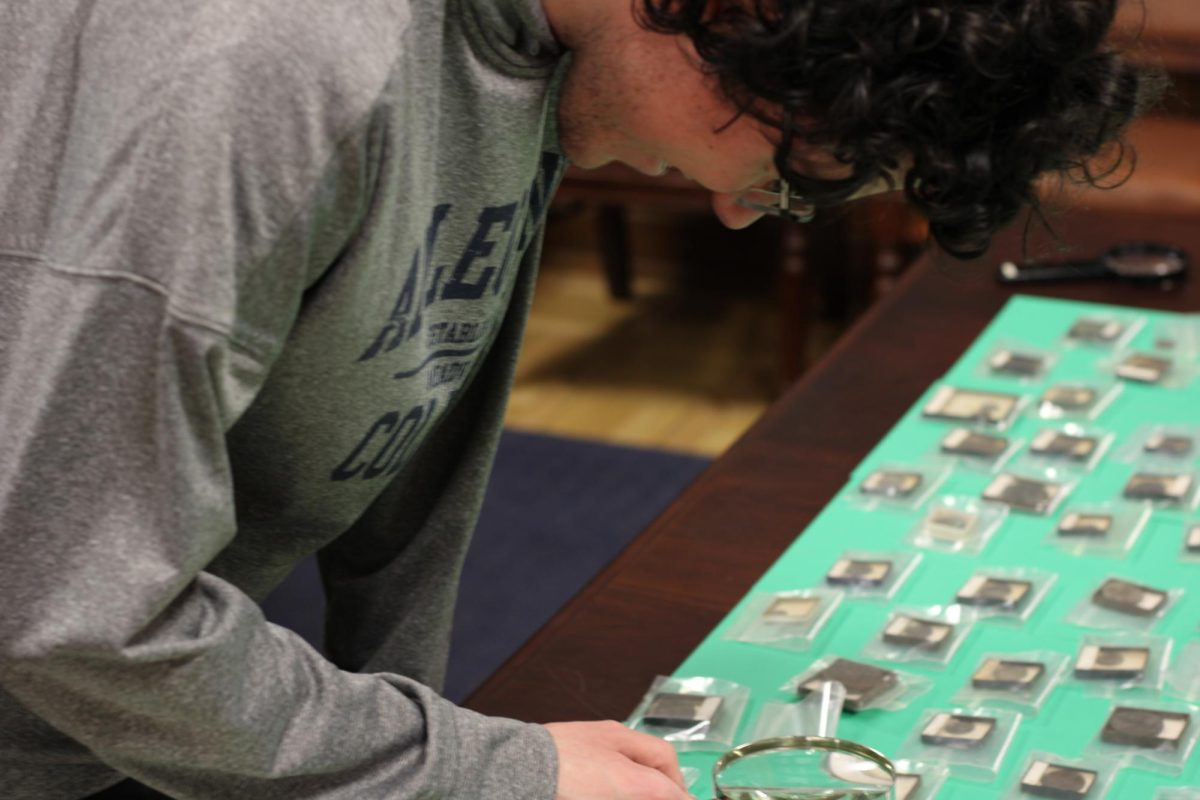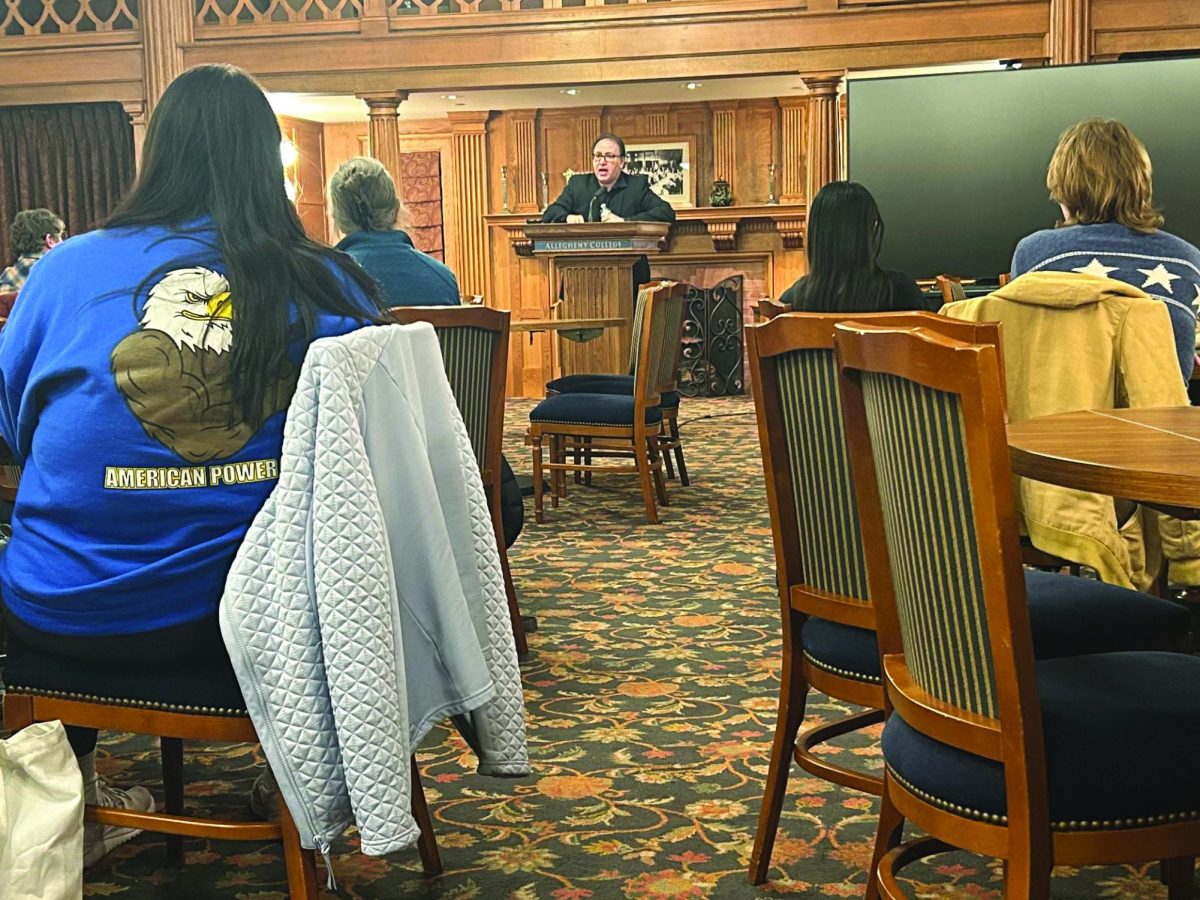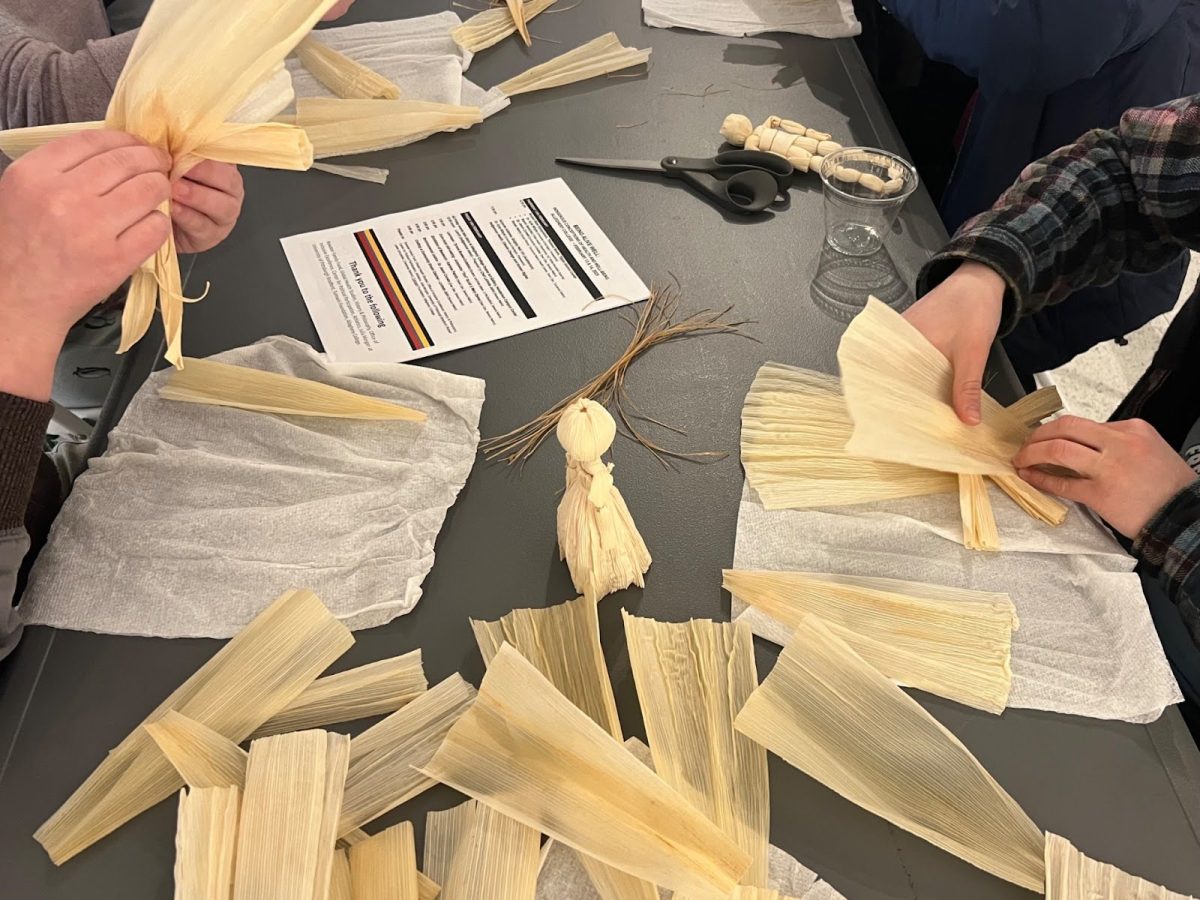Allegheny College is no exception to the growing national trend of college professors marrying each other. A 2008 Stanford University study on dual academic couples reported that
thirty-six percent of professors in the U.S. are married to one another. Allegheny’s Human Resources department reports 26 married professors on campus, making the percent comparable to the national average.
The researchers that conducted the study at Stanford’s Clayman Institute of Gender Research suggest married couples can be an ideal element to a diverse faculty.
“Faculty may be more productive and more loyal if universities are committed to their success as whole persons,” according to the study.
Hiring practices in academia are often based around creative ways of drawing in the best professors in their respective fields. The study suggests that in order to bring in one professor, a decisive tactic may be to find employment for their spouse as well.
One example of a package-deal couple can be seen in English professors Ben and Susan Slote. The pair met and married while in graduate school at Yale University. When Ben Slote received an offer to be placed on Allegheny’s tenure track, the couple mutually decided to center their academic and professional lives at Allegheny. Susan Slote decided not to pursue the tenure track route to ensure she could balance her work and family lives.
“I really wanted to be a hands on parent,” said Susan Slote.
As a non-tenure track professor, Susan Slote has been able to schedule her classes around her children without compromising her teaching passions and student relationships.
“I’ve been very fortunate that Allegheny has allowed me to be this other position in which I can choose to do the classes I want. At a lot of universities the trailing spouse ends up with only one or two courses a year,” she said.
Allegheny’s campus is comprised not only of academic couples that came together, but also of those that met here.
Jim Bulman, professor of English and Beth Watkins, professor of communication arts. The two began dating about five years after Watkins arrived on campus.
“When we met, the thing that drew us together was common interests,” said Bulman. We’re both passionate about the same things. She does one aspect of theater, she does the physical aspect of theater, and I do theater as literature.”
Watkins insists the true juggle of being both professors and partners stems from the addition of children. Into play comes the colleges allowance for flexibility and assistance.
“I appreciate the fact that Allegheny is a receptive place to families. The president has a beginning of the year celebration for faculty and staff, and families are included,” Watkins said.
Outside of family life, the pair have been pleased with their experiences with academic collaboration.
“Beth and I have been collaborating for a long time, often on plays,”Bulman said. She’s done a few Shakespeare plays here. I will usually be the dramaturge and do textual work with the actors.”
A popular collaboration has come within the last few years, that being the EL Seminar to Great Britain. The idea grew out of a mutual interest in theater as well as understanding of what each could bring to the program.
“We trade responsibilities. He takes Shakespeare. I tend to take Modern Drama. We take turns on who does what. It’s fun to do that, learning from each other.”
Collaboration has formed a strong foundation of the relationship of another pair of Allegheny professors: Barbara Riess, chair of modern languages and Kenneth Pinnow, chair of the history Department.
Professors Riess and Pinnow entered Allegheny at the same time, meeting at the new faculty picnic.
“We use each other as resources because he’s the chair of his department, and I’m the chair of my department,” Riess said. “So I say how are you doing that as chair; he’ll say how did you that.”
Working at Allegheny and living with a fellow Allegheny professor can prevent a home life consumed by the college.
“We wonder if we have a home life. Sometimes it’s all Allegheny all the time, 24 hours,” Riess said.
Pinnow acknowledges that things have worked out well for them on the whole.
“For many academic couples life is very difficult, because finding two positions at once academic institution is very difficult,” said Pinnow. It’s not uncommon for couples to be communicating between states. I’ve known some bicoastal couples.”
According to the study, the benefits of married professors go beyond college collaboration and encourage a campus that has professors who feel committed to the college because the foundations at home are strong.
“It’s a great life,” said Riess.







Surly • Sep 28, 2012 at 9:28 pm
“The study suggests that in order to bring in one professor, a decisive tactic may be to find employment for their spouse as well.” Hmm. Since when was “employment” on a college campus defined only as “faculty employment”? Oddly enough, faculty are also married to non-faculty members of the campus community. In fact, that may be more common than two-faculty couples.